How do you know when an influencer marketing campaign has truly been successful? It all boils down to data, sure. But which data points are the most important? Which data points are the key indicators to watch as you build, roll out, and monitor your influencer campaigns? If you’re a little unsure which metrics to track for your influencer marketing campaign, you’re not alone. Most marketing teams don’t fully grasp how to go about measuring and improving the ROI of an influencer campaign.
In this post, we’re going to identify the key metrics that are most important to influencer marketing ROI and show you a few examples of some of the influencer marketing campaigns The Shelf team has run that performed well. Plus, walk you through and tell you how to create always-on influencer campaigns that can be optimized in real time.
Does Influencer Marketing Work? Yes, But…
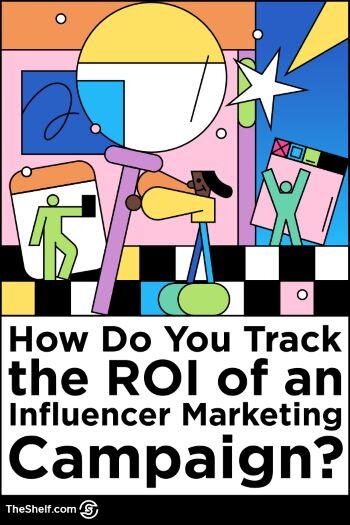
Now, before we dig into influencer marketing ROI, let’s answer the obvious question: Does influencer marketing work?
Influencer marketing is skyrocketing. From 1.7 billion in market size in 2016, to 9.7 billion in 2020, influencer marketing, as an industry, is expected to grow to $13.8 billion by the end of this year. These numbers don’t seem surprising when you consider 89 percent of businesses that have tried influencer marketing say it’s better or comparable to other marketing initiatives.
Influencer marketing works. You may remember the now-famous 2017 study from Tomoson which reported brands generated $6.50 in revenue per $1 spent. About 13 percent of influencer campaigns generate $20 for every $1 invested in the campaign, and 70 percent make $2 for every $1 invested, according to a poll.
Even as recently as last year, $5.78 was reportedly the average ROI on every $1 spent on influencer marketing, according to the Influencer Marketing Hub Benchmark Report 2020.
So, why is this form of digital marketing so effective? Influential people have successfully promoted brands, products or services for as long as societies have existed. But formalized influencer marketing campaigns running on social media platforms like Instagram and YouTube emerged because consumers shifted their trust away from brand-generated marketing to the growing catalog of user-generated content that makes up the “social” part of social media.
Consumers are more likely to heed the advice of someone they consider a knowledgeable peer than the gimmicks of a company’s own branded content drummed up by savvy marketers.
But not every business that includes deploys and effective influencer marketing strategy has been able to recoup their investments. Upwards of 18 percent of influencer marketing campaigns fail to produce any return at all. So, it’s not enough to pick the right influencers and the choose the right social channels. You also need to keep track of your campaigns. So, let’s talk about that aspect.
Which Are the Best KPIs to Track for an Influencer Campaign?
Without fail, that’s the question brands (and especially CMOs and VPs) want to know before, during, and after their influencer campaign. Which metrics will move the needle for our brand?
Influencer marketing has been plagued by fraud for years. In the early years, brands deployed short-sighted methods for selecting influencer partners, focusing on metrics that can easily be gamed like audience size, number of Likes, and comment counts. Still today, those are the primary criteria most in-house marketing teams use to identify influencer partners for campaigns.
Most in-house teams use vanity metrics like an influencer’s audience size, number of Likes, and comment counts as the primary criteria to identify influencer partners, even though those metrics can be easily manipulated.
Determining which metrics are the most important ones for your campaign start with you identifying a goal for your campaign. And your campaign goals determine how you will structure an influencer campaign.
We typically like to say there are three main types of influencer campaign structures that marketers can deploy to achieve a number of different goals.
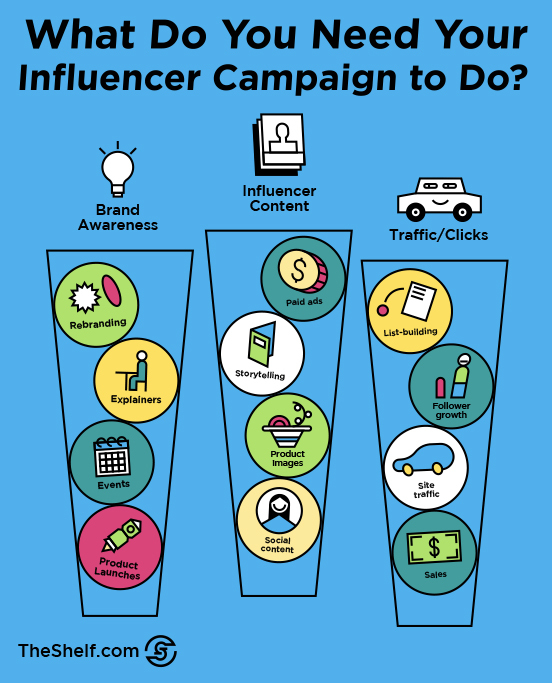
- A Brand Awareness campaign – designed to help brands boost brand lift so people start to recognize the name and maybe even associate the name with a product or experience. We have a post on building brand awareness campaigns that you can read here.
- A Conversion campaign – designed to help brands send traffic to a place where customers can take specific actions, usually buying something, downloading something, or joining something. We have a post on this one, too that you can read here.
- A Content/Asset campaign – designed to help brands build a catalog of creative assets they can reuse for online and offline marketing. If you want to get up to speed on this UGC campaigns, you can read this post on getting content, this on content rights one, or this one.
Each campaign structure works well to accomplish different goals, and each campaign structure shifts to highlight specific types of metrics. For instance, engagement becomes important with an awareness campaign because it’s the easiest way to validate the reach of a campaign.
So, let’s now look at the various different types of metrics and the corresponding campaign types.
Reach
If a campaign runs and no one sees it, does it even make a sound? Not quite how that saying goes, but you get the point. Reach measures the total number of unique people/accounts that see your content. Not to be confused with impressions which is the total number of other accounts your content is visible to. But just because something shows up in the feed doesn’t mean your entire audience saw it.
There’s a pretty well-known stat that says for any given post, only about 30 percent of the poster’s audience will ever see the post. That said, the best way to get the most reach and visibility for your campaign is to partner with active influencers who have audiences across multiple platforms.
Here’s a good example: The Shelf team rolled out a holiday campaign for Feit Electrical on TikTok targeting the DIY and home decor audiences.
The video above from @blankslatereno was cross-promoted on Instagram where it generated another 800 instances of engagement (video views and comments).
But this campaign also ran on YouTube with a video lifestyle vlogger Angela Lanter published detailing how she and her partner updated their back porch with Feit Electric products to create their own personal winter wonderland.
Reach is one of those elements that can also be manipulated (not in a bad way) because the more frequently someone posts and the more frequently others interact with their content, the more likely the social media platform’s algorithm is to show that person’s content to more people.
Types of campaign: All types
How to track reach: The best way to track actual reach is through engagement. Potential reach is usually a calculation of an influencer’s audience size x the total number of influencers working on your campaign.
Engagement
Engagement measures how well your target market has connected with your influencer’s content. Generally speaking, engagement is:
(Post engagements / total number of followers) * 100
Engagement ratios different from influencer to influencer, from vertical to vertical, and platform to platform. On Instagram, average engagement per post hovers right around 1%, which is noticeably lower than it was even last year (when it hovered between 1.5% and 2%).
Engagement rates for sponsored content are usually lower than an influencer’s organic content, but great content that resonates with followers will usually have an engagement rate that stays right in line with an influencer’s average engagement ratio.
If you’re seeing higher engagement rates on your sponsored content (more comments, likes, or shares) than the influencer’s usual posts when they’re not being sponsored, then you’ve hit a good success rate with that collaboration.
Types of campaigns: All types. Engagement is always a good metric to track. It’s the best way to validate the reach of a campaign, and it provides you with real-time insights into whether or not a post is performing well with an influencer’s audience.
How to track engagement: If you don’t have access to a platform like The Shelf from which you can monitor all of your campaign content in one place, your influencers can access information about the performance of each post from the different dashboards. For instance…
For instance, Instagram has Insights that you can access once you have a business or creator account. Facebook has its own Facebook Business Suite that allows you to manage your account and shows you detailed reports about your audience, analytics report and trends. On Pinterest, the Analytics menu is the place to access Audience Insights and insights about how well content is performing.
What counts as engagement: One of the reasons engagement is so critical as a metric is because it includes a pretty wide range of actions, depending on the platform where your campaign is running.
- Core Post Engagements – The number of likes, comments, saves, and shares on a post
- Views – The number of times a user has viewed a video
- Replies, Shares, Profile Taps, Sticker taps, Link Clicks – The various actions a user can take on Instagram stories

Followers on Your Account
If you’re doing an influencer campaign with a Facebook, Instagram, or YouTube influencer, you should see more followers or likes coming on to your brand’s social media account. For example, you’re working with an Instagram influencer and you noticed that your Instagram profile suddenly garnered more likes and followers, that’s most likely the effect of your collaboration.
Types of campaigns: Brand awareness
How to track: You can do this by viewing how many subscribers, likes, shares, followers or comments a specific platform generated. This applies to Facebook, LinkedIn, Twitter, Youtube and Instagram. An increase in email subscribers after your campaign is also a good indicator of the success of your influencer marketing initiative.
Site Traffic or Clicks
Site traffic can encompass a number of actions. It can lead to sign-ups, sales, downloads, and users adding products to their cart.
Types of campaigns: Conversion campaigns and Content campaigns
How to track clicks: Having a dedicated landing page and URL is important so you can see how often that page is being visited. Each influencer will need to be assigned a tracking pixel that you can monitor because there will be situations when the landing page is one of your own sales pages, but it may make more sense to send traffic to maybe a blog post on an influencer’s own website so visitors can grab a discount code or access to a special promotion.
Or it may just be that the influencer created value-add content and posted it to their own website and you get more opportunities to grab someone’s attention and getting the clicks by sending them to the influencer’s blog.
Give your influencers their own affiliate links. You can send traffic to a single promotion page or to a specific page for each influencer.
For instance, one of The Shelf’s most recent campaigns was with a wedding dress company where each influencer picked their own dress and styled a backdrop that was AMAZING! In that situation, it makes sense to send traffic from an influencer’s Instagram feed or website to a landing page on the brand’s website that features the dress the influencer was wearing in the post.
For the Feit campaign in particular, influencers like Angela Lanter who used tracking pixels were able to drive traffic to a custom page on Feit’s website. You can see below that Angela used trackable links in the video description:
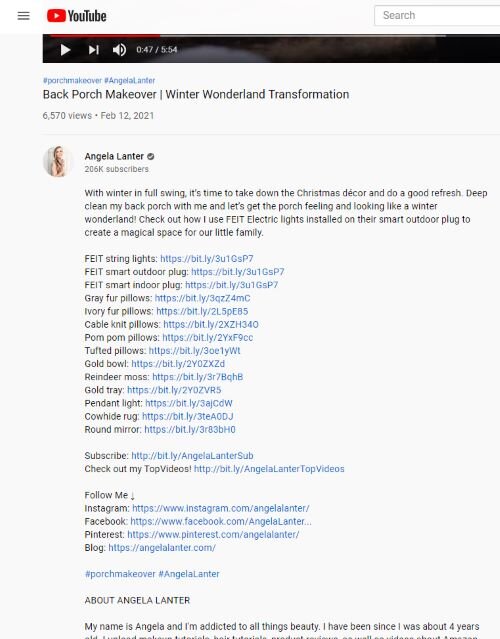
Clicking on the link goes to a landing page on Feit’s website featuring a variety of different products Angela’s mentioned in her content for the campaign.
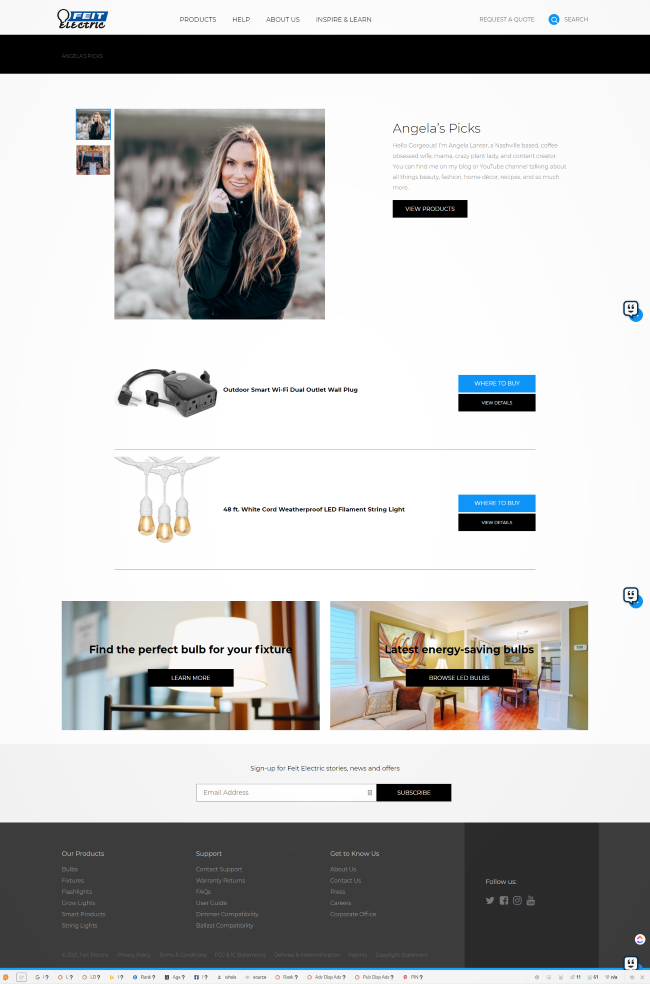
Without tracking pixels, it will be challenging to tie your influencer marketing efforts to specific traffic or actions taken on your site. It’s also important to be able to measure the effectiveness of different influencers for future partnerships.
Being able to track the actions taken will help you measure the impact of the influencer campaign on your SEO or link building strategy. You can use reports and insights from Google Analytics to get an idea of how well each piece of sponsored content is performing.
Elements you’ll want to track:
- Clicks – The number of actions taken on a post in the form of a click to a designated URL. Clicks are counted through link in bio, swipe up, post links, etc.
- Unique UTM links – These codes added to the end of a URL track clicks and performance of marketing activities
- Tracking Pixels – Used for blog content, these snippets of code allow you to gather information about visitors on a website (how they browse, what type of ads they click on, etc.)
- Brand Sentiment – How relevant was the branded content to the influencer’s audience and did the branded content actually resonate with the audience (ie: commenting on the outfit vs. the brand sponsorship or messaging)
And the preferred metrics for this list can shake out a number of different ways depending on your campaign goals.

Hashtags and Mentions
If you’re launching a campaign with a specific hashtag, and the influencer’s followers are using that hashtag, then you’re creating a sort of viral effect, which is great for awareness campaigns.
Types of campaigns: Brand Awareness
How to track: You can use tools that can scour all corners of the internet to find hashtags you’ve specifically set for your campaign or mentions. Buzzsumo is one such tool where you can monitor brand mentions and your progress over time. You can also use the tool to track hashtags and see whether people are using them across social media platforms.
Leads
For some businesses, sales from influencer campaigns may not be immediate. So it’s important to also track and measure qualified leads. Make sure that you have a method to capture email addresses. Once you capture their contact information, you can then evaluate how many qualified leads you’ve captured.
A clear understanding of how many leads an influencer can bring you, how long it takes those leads to hit sales or conversion stage and knowing how long the entire process takes are crucial in determining the success of your influencer marketing initiative. This will also let you know if it’s a strategy you should pursue in the long run.
Types of campaign: Conversion campaigns
How to track: Leads are captured through emails and sign-ups. Use a CRM, like Salesforce or Zoho, to help you see where the lead originated from and how they landed on your site.

Sales
Influencer marketing can be an effective sales driver. Statistics show that 74 percent of online consumers turn to social networks to guide them in making the right purchase decisions and that 40 percent of Americans have stated that they’ve bought an item online after seeing an influencer use it on social media.
Types of campaigns: Conversion campaigns
How to track: Apply UTM tracking code to know if a purchase came from the influencer’s post.
A promo code is also an easy way to both push more sales and track how many users the influencer campaign reached. Discount codes and promo codes are always a good way to entice new customers and it will be amplified with the right influencers.
Another creative way to track sales is by creating a hashtag campaign aimed for people who have purchased your product. Have them publish a post or photo of the product with the hashtag and track how many people have used the hashtag.
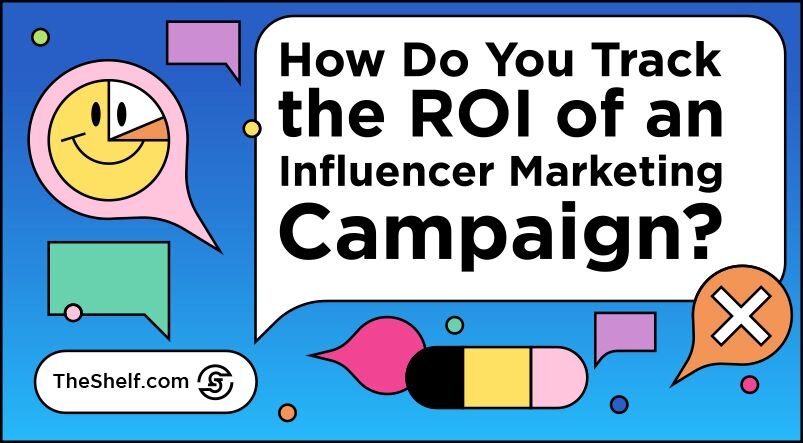
Wrapping Up
As with all marketing campaigns, you need a clear influencer marketing goal and strategy before you implement one. Knowing your goals will help you prioritize the important KPIs, which will then narrow down your focus to elements that will amplify your results.
Be clear about what you’re expecting out of the partnership when working with influencers. Is it for awareness or sales? Having the right influencer isn’t enough; you have to gather data to know if the campaign is delivering business results.
Once you’ve got these things figured out: goals, KPIs, strategy, and the right influencers, begin your campaigns. Be prepared to tweak and change your strategy overtime. Eventually, you’ll accomplish all the goals you’ve set out for your influencer marketing campaign.
About the Author

Itamar Gero is the founder of SEO Reseller, a global digital marketing solutions provider that empowers agencies and their local clients all over the world.
When he isn’t working, Itamar is traveling the world, meditating, or dreaming (in code).



